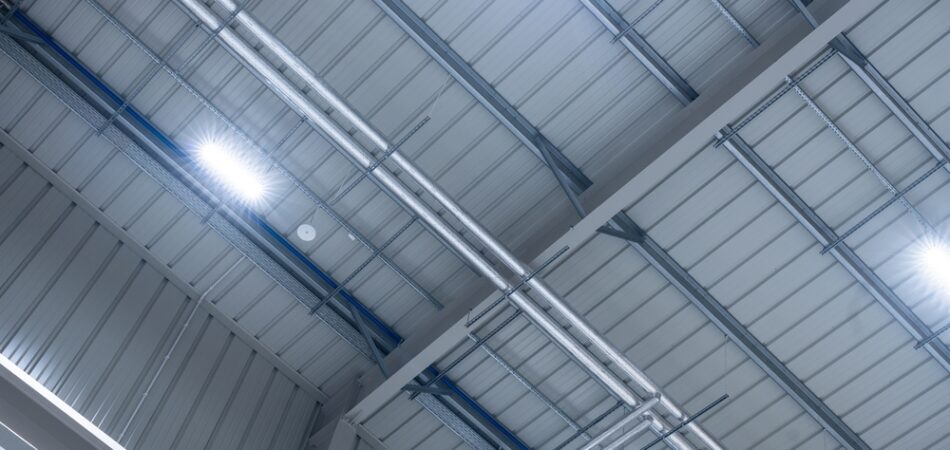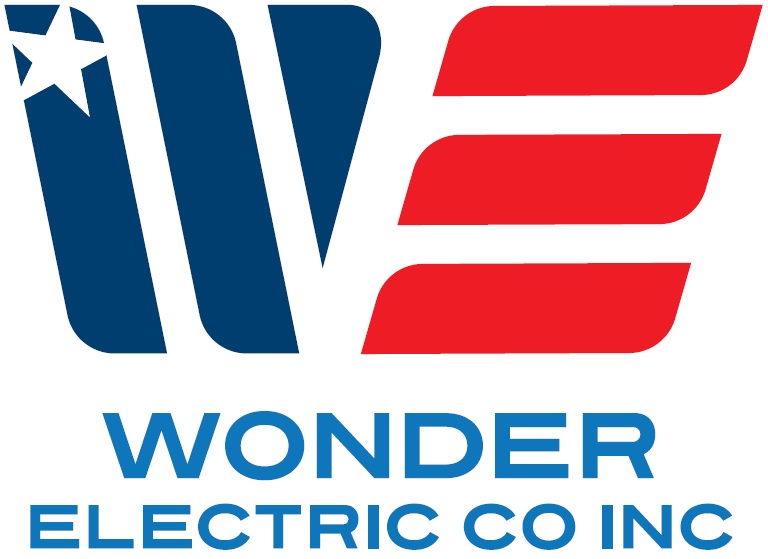
In Twentynine Palms, industrial facilities face unique energy challenges due to high operational demands, rising electricity costs, and environmental factors specific to the desert climate. Implementing energy-efficient electrical upgrades is no longer just an option—it’s a necessity for maintaining cost-effective, sustainable operations. Industrial sectors, particularly those operating heavy machinery and large-scale manufacturing, often consume vast amounts of electricity. Without adopting modern solutions, these facilities risk excessive overhead expenses and reduced competitiveness.
Energy efficiency plays a critical role in both operational sustainability and compliance with California’s evolving energy regulations. By adopting energy-efficient electrical solutions, facilities can significantly reduce their carbon footprint while enhancing system reliability. For businesses in Twentynine Palms, where environmental consciousness and operational efficiency intersect, these upgrades offer a competitive advantage. Companies that invest early in cutting-edge technologies, such as high-performance industrial LED lighting and smart energy management systems, can minimize long-term costs and maximize overall productivity.
Beyond cost savings, energy-efficient systems improve workplace safety and optimize facility performance. When integrated effectively, these solutions reduce heat emissions, lower maintenance needs, and provide consistent energy output. As industrial demand in Twentynine Palms continues to rise, leveraging strategic upgrades is the key to staying ahead in an increasingly competitive marketplace.
The Role of Industrial LED Lighting in Energy Savings
One of the most impactful steps facilities in Twentynine Palms can take is upgrading to industrial LED lighting. Traditional lighting systems, such as incandescent or fluorescent fixtures, consume significantly more power and require frequent replacements, adding unnecessary operational costs. Industrial LED lighting, on the other hand, offers enhanced brightness, superior energy efficiency, and long-lasting durability.
LED technology consumes up to 75% less energy than conventional lighting systems, translating to substantial annual savings for large-scale industrial operations. For facilities with expansive warehouse spaces, assembly lines, or high-ceiling storage areas, switching to LED lighting ensures improved illumination while cutting overall power usage. Better lighting quality also contributes to employee safety, reducing accidents caused by poor visibility in critical work zones.
Moreover, industrial LED lighting integrates seamlessly with smart energy systems, enabling facilities to automate brightness adjustments based on occupancy levels and natural light availability. This level of control enhances energy savings and supports sustainable business practices. In the hot climate of Twentynine Palms, LEDs also generate less heat than traditional bulbs, reducing the load on HVAC systems and lowering cooling costs.
With advancements in LED technology, businesses can now customize their lighting systems to suit specific industrial requirements. From motion-sensor-controlled warehouse fixtures to outdoor perimeter security lights, the possibilities are vast. For industrial facilities committed to reducing their environmental impact, transitioning to industrial LED lighting is a strategic and cost-effective decision.
Smart Energy Management Systems for Industrial Facilities
Modern industrial facilities in Twentynine Palms are embracing smart energy management systems to monitor, control, and optimize energy consumption. These systems leverage real-time data analytics, IoT-enabled devices, and automated controls to ensure maximum efficiency without compromising operational performance. By centralizing control over energy usage, facility managers can identify inefficiencies, reduce waste, and achieve measurable savings.
One of the key benefits of implementing smart systems is predictive maintenance. Advanced monitoring tools detect irregularities in electrical systems and equipment performance, allowing facilities to address issues before they escalate into costly downtime. For industrial operations that rely heavily on uninterrupted productivity, this proactive approach is invaluable.
Smart energy solutions also provide dynamic load balancing, which optimizes electricity distribution across various systems and equipment. This is particularly important for facilities in Twentynine Palms where fluctuating energy demands can lead to grid strain and increased operational costs. By leveraging automated systems, industrial operators can reduce peak demand charges and avoid costly penalties from utility providers.
Furthermore, integrating renewable energy sources, such as solar power, with energy management platforms is becoming increasingly popular in the region. Given the abundant sunlight in Twentynine Palms, pairing solar infrastructure with intelligent monitoring tools enables businesses to generate clean power and further reduce their dependence on traditional energy sources. This strategic approach positions industrial facilities as leaders in sustainability while enhancing long-term financial stability.
Cost Savings and Operational Advantages of Electrical Upgrades
Investing in energy-efficient electrical upgrades delivers immediate and long-term financial benefits for industrial facilities in Twentynine Palms. While initial installation costs can seem significant, the return on investment is often rapid due to reduced energy bills, lower maintenance expenses, and available government incentives.
California’s energy rebate programs and tax credits make it easier for businesses to offset upfront costs when adopting energy-efficient technologies. By upgrading to systems like industrial LED lighting, smart panels, and optimized power distribution equipment, companies can take advantage of financial incentives while improving operational performance.
Operational efficiency improves significantly when energy systems are streamlined and automated. Facilities can schedule equipment usage during off-peak hours, reduce unnecessary energy draw, and identify wasteful practices through detailed energy audits. These measures not only minimize electricity bills but also extend the lifespan of critical infrastructure.
For industrial operators in Twentynine Palms, where extreme temperatures can drive up cooling costs, energy-efficient solutions help balance operational demands without compromising safety or performance. The integration of high-performance HVAC controls, intelligent metering, and advanced lighting systems offers a holistic approach to reducing expenses while maintaining consistent productivity levels. As energy prices continue to rise, businesses that proactively implement these solutions will enjoy a stronger competitive position in the marketplace.
Future Trends and Sustainability in Industrial Energy Management
The future of industrial energy management in Twentynine Palms lies in the adoption of innovative technologies designed to maximize efficiency and sustainability. Artificial intelligence, machine learning, and IoT-driven solutions are transforming how facilities monitor and control energy consumption. By leveraging predictive analytics, businesses can anticipate energy demand, optimize scheduling, and reduce costs even further.
The rise of electrification in industrial processes also calls for smarter, more resilient electrical systems. As more machinery and production lines transition to electricity-driven power sources, facilities must adapt their infrastructure to handle higher loads without sacrificing efficiency. Advanced battery storage systems are emerging as a complementary technology, allowing facilities to store excess solar-generated energy for later use during peak demand hours.
Sustainability goals are becoming a central focus for many businesses, driven by both environmental regulations and customer expectations. Facilities that adopt energy-efficient electrical upgrades not only reduce operating costs but also strengthen their brand reputation by demonstrating environmental responsibility. In Twentynine Palms, where industries intersect with natural ecosystems, the pressure to minimize ecological impact is even greater.
By 2030, experts predict that industrial energy systems will become fully integrated, combining renewable energy sources, intelligent monitoring, and automation into a unified platform. Businesses that adopt these strategies early will benefit from enhanced efficiency, reduced carbon emissions, and long-term operational resilience.
Conclusion
Energy-efficient electrical solutions are transforming the industrial landscape in Twentynine Palms. From industrial LED lighting and smart energy management systems to comprehensive electrical upgrades, these technologies deliver significant financial savings, improved operational performance, and long-term sustainability. As environmental standards evolve and energy demands rise, businesses that invest in efficient infrastructure today will be better equipped to thrive in the competitive industrial sector.
By adopting innovative strategies and leveraging emerging technologies, industrial facilities in Twentynine Palms can reduce costs, improve productivity, and contribute to a greener future. The shift toward energy-efficient practices is not just a trend—it’s a necessary evolution for maintaining operational excellence and environmental stewardship in a rapidly changing world.
